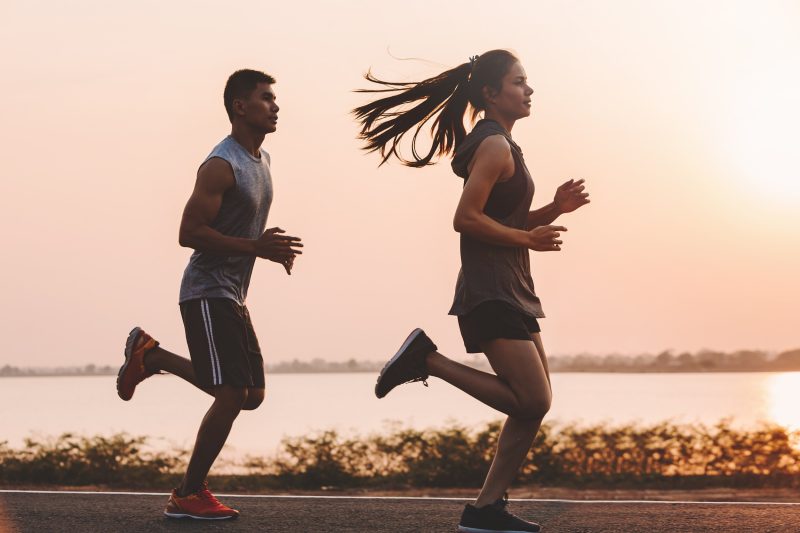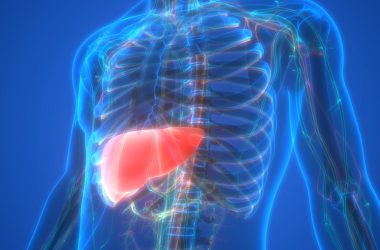Health
If it feels too hot to run, maybe it is
Experts who have seen health consequences close-up offer guidelines for summer athletes
When Adam Tenforde made it to the Pac-10 championship as a Stanford cross-country runner a quarter century ago, he went all out in the 8,000 meters despite the Long Beach heat. But he struggled at 6,000 meters. Then he felt lightheaded. Then he woke up near a small tree by the course.
“As a driven athlete, I thought, ‘The race is getting harder, got to keep pushing,’” said Tenforde, who went on to an All-America running career. “My body shut down; it was pretty awful. And apparently, I ran into a tree.”
Tenforde, today a professor at Harvard Medical School and the director of running medicine at Spaulding Rehabilitation Hospital’s National Running Center, shares the story not as a point of pride, but to offer lessons about running in the summer. First, give some serious thought to running fewer miles than you usually run. Next, listen to your body. If you’re really struggling, slow down. And if you begin to feel dizzy or lightheaded, take a break for a drink and cool down as quickly as you can to avoid heat exhaustion, which can lead to heat stroke, where a person’s natural cooling systems fail and soaring body temperature can cause organ failure and even death.
Another lesson from Tenforde’s running career is that it’s important to give the body a chance to adjust to changing temps. In other words, a run on the first warm day of spring is harder than a July workout under similar conditions. He also stressed that a runner should pay close attention to thirst, which can be an early sign of dehydration. That jibes with advice offered by Harvard College Running Club President Keegan Harkavy ’25, who plans routes around water — both to drink and to cool off with — and takes a cold shower soon after his workouts.
Catharina Giudice, an emergency physician at Beth Israel Deaconess Medical Center, said that her department sees a range of heat-related illnesses in the summer, from mild dehydration to heat exhaustion and heat stroke. Time is of the essence in heat stroke because the body’s cooling system has broken down and internal temperatures of 104 degrees Fahrenheit or higher begin to alter the structure of proteins.
“It’s going to affect pretty much every organ system at that point,” said Giudice, a trail runner who is also a fellow at the Chan School’s Center for Climate, Health, and the Global Environment. “It’s critical that you cool the body as fast as possible.”
Experts say it’s difficult to provide a set temperature above which one should take a break for the day. The cutoff depends heavily on conditioning, acclimatization to heat, the availability of drinking water and shade on the route, the humidity, whether there’s a breeze, even the clothes you wear.
Summer running tips
In fact, according to Daniel Lieberman, the Edwin M. Lerner II Professor of Biological Sciences, humans are well-equipped to exercise in the heat. Evolutionary changes — hairlessness, a profusion of sweat glands, and a high-capacity heart — allow us to move and work safely in the hot sun, when many animals rest, he said.
Though humans have the same number of hair follicles as chimpanzees, most of those hairs are microscopic, said Lieberman, whose books include “Exercised.” When it comes to sweat glands, we have between five and 10 million scattered over the skin, 10 times as many as the great apes.
“That means, in addition to basically squirting water all over our bodies, we allow air convection next to the skin, which causes evaporation and conduction of heat, which causes the skin to cool,” Lieberman said.
On the topic of summer safety, Lieberman said that it’s important to note key differences between our running habits and those of our distant ancestors. Persistence hunting, which could cover a great deal of territory, was done at relatively slow speed, interspersed with walking. The goal was not to outpace a game animal, but rather to keep it moving, depriving it of rest and the ability to cool down until it became exhausted.
“We never evolved to stand on a line in the middle of a hot day and run as fast as possible to another line 26.2 miles away,” Lieberman said. “When people did this kind of hunting, they ran nice and slow. They walked half the time and they ran half the time.”
While slowing your pace is an age-old strategy, Lieberman and Tenforde also suggested shifting the timing of runs into the mornings or evenings, a strategy that Lieberman himself embraces when running in Cambridge or while traveling, like on a recent trip to Kenya’s desertlike Turkana region to lecture at a Harvard Summer School program at the Turkana Basin Institute.
“You have to be very, very humble about how dangerous heat can be.”
Catharina Giudice
Most important, experts say, is that runners respect the heat. Athletes can be rigid about training schedules, but inattention to conditions, ignoring bodily signals, and not thinking ahead can cause a worst-case situation.
“You have to be very, very humble about how dangerous heat can be,” said Giudice.





